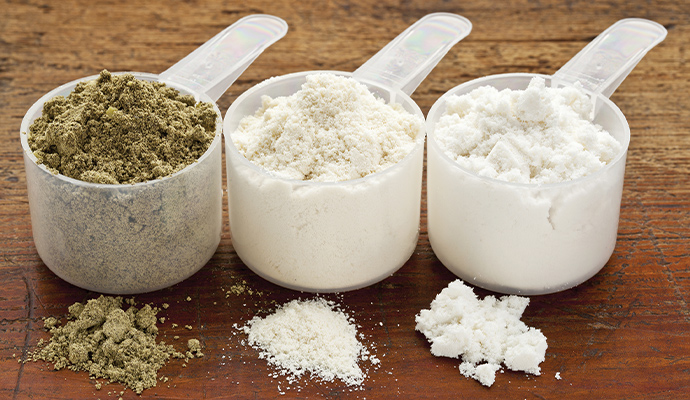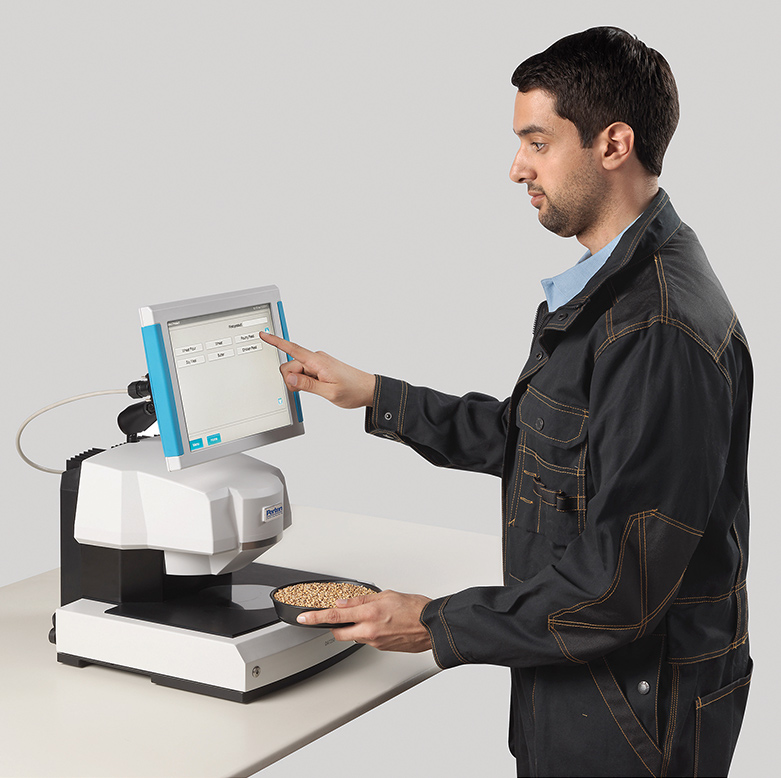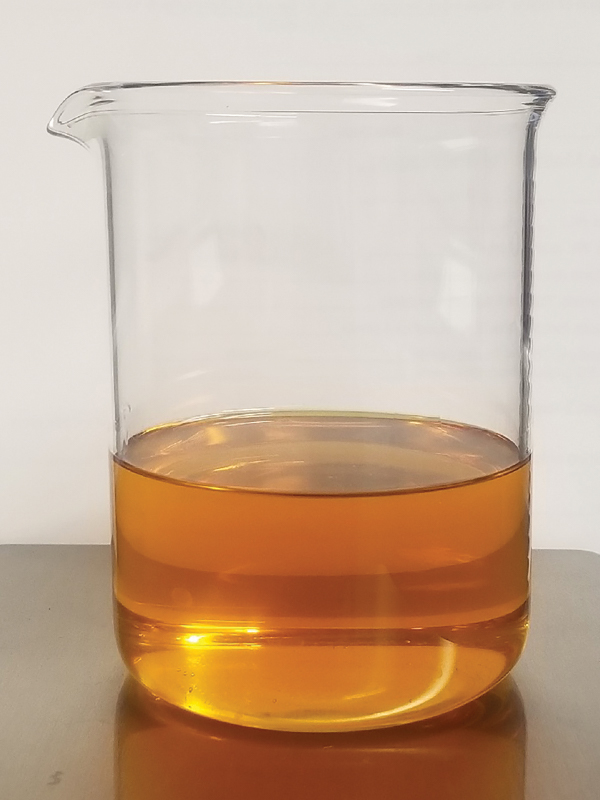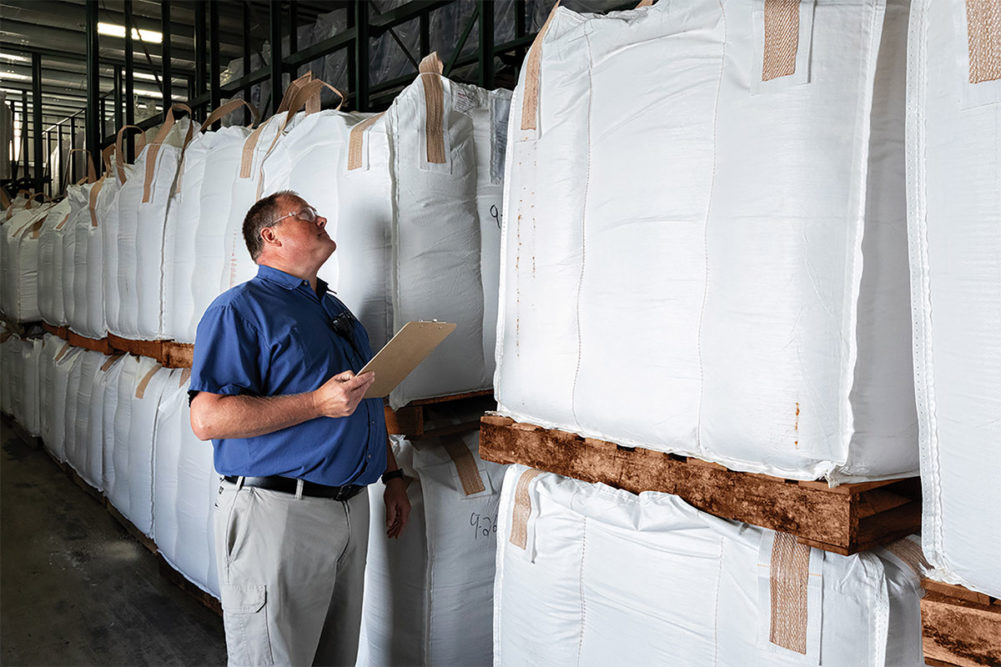This article was published in the June 2020 issue of Pet Food Processing. Read it and other articles from this issue in our June digital edition.
According to a recent joint report by Pet Food Institute, the Institute for Feed Education and Research and the North American Renderers Association, manufacturers in the United States spent $6.9 billion on more than 8 billion tons of pet food ingredients in 2019. Validating these ingredients for food safety is a crucial part of the supply chain. Manufacturers and suppliers must manage and share an abundance of data to ensure they are sending safe product into the marketplace.
Thanks to the Food Safety Modernization Act (FSMA), current Good Manufacturing Practices (cGMPs), and a slew of commonly acknowledged best practices, the pet food processing industry is well-equipped to validate ingredients for food safety. While federal regulations do not specifically define the steps companies should take in validating ingredients, FSMA has imposed rigid guidelines for preventing animal food from being unsafe.
“Overall, the pet food industry has a good track record and plenty of processes and policies in place to ensure the production of safe, wholesome pet food to feed America’s growing pet population,” said Paul Davis, Ph.D., director, quality, food safety and education, and Louise Calderwood, director, regulatory affairs, American Feed Industry Association, Arlington, Va.
Whether a manufacturer is receiving raw material from a supplier or a supplier is purchasing raw material to process prior to supplying to a manufacturer, a paper trail of various food safety standards, certifications and records are exchanged to validate ingredients at every step.

Setting high standards
Each pet food manufacturer maintains its own ingredient standards based on types of ingredients and finished product specifications, Davis and Calderwood explained. These standards are often influenced by federal standards, such as those by the US Department of Agriculture, the US Food and Drug Administration (FDA), as well as global benchmarks.
“Pet food manufacturers use their standards when purchasing ingredients and then the facility tests and verifies the ingredients — through quick lab tests, visual appraisals and smell — when they arrive at the mill to ensure they are up to standard, both from a chemical and physical standpoint, before taking receipt and unloading,” Davis and Calderwood added.
Typically, suppliers are required to provide a Certificate of Analysis (COA), which includes qualitative and quantitative specifications about the ingredient. Other documents related to ingredient procurement, handling and any processing that might occur before making it to the manufacturer may also be required at this point.
“Several verification steps are taken to verify ingredient information,” said Craig Grantham, director, business development, Pet Food Solutions, Mokena, Ill., which supplies Gold Shield™ refined chicken fat to the pet food industry. “These include, but are not limited to, supplier verification audits, third-party lab testing and regular internal tests. All these items occur on an ongoing basis.”

“Each product for each shipment needs to have a safety data sheet,” said Fred Molenaar, quality assurance manager, Zinpro Performance Minerals, Eden Prairie, Minn. “It’s a description of the product and any possible hazards – and these are more like hazards for humans that come with handling and shipment.”
Commonly used federal and global standards include Hazard Analysis Critical Control Point (HACCP), Safe Food/Safe Feed (SFSF) and FAMI-QS certifications.
“FAMI-QS is the international quality and feed safety management system for specialty ingredients for animal feed and pet food,” said Mike Wright, director of operations, business development, D&D Ingredient Distributors, Inc., Delphos, Ohio.
Molenaar said FAMI-QS released a new version of its standard, requiring suppliers to provide information on certain processes or treatments used before it is shipped to a manufacturer. For ingredients sourced internationally, FSMA requires manufacturers to go through a Foreign Supplier Verification Program (FSVP) to ensure food safety and quality compliance with United States standards.
Many means to an end
Ingredient suppliers and manufacturers develop and follow their own procedures, which often account for specifications and requirements that are unique to that company and product, to provide consistency in their ingredient validation efforts.
“Before any ingredient is ever used, the supplier must pass our supplier approval process, as well as provide specifications and samples for us to evaluate to ensure the ingredient is up to our standards,” said Natalie Asaro, companion animal nutritionist, Petcurean, Chilliwack, British Columbia.
D&D Ingredient Distributors requires all suppliers to provide a letter of compliance and, in some cases, complete its supplier questionnaire and feed safety agreement, every two years. This applies to all supplier locations, including new facilities from which ingredients are sourced or processed, and ensures compliance with FDA regulations, such as for restricted use protein products, as well as with FSMA.
“Our suppliers are documented, reviewed, evaluated and approved by our supplier approval team prior to an ingredient purchase,” Wright said. “This team consists of seven members who come from production, operations, purchasing, formulation and quality.”
Petsource by Scoular, an Omaha, Neb.-based supplier of freeze-dried proteins for pet foods, uses a holistic risk assessment to validate ingredients.
“The assessment has several risk-based categories intrinsic to food safety and quality, including but not limited to microbiological risk, chemical risk, food defense and geographic location,” said Steven Moore, director, food safety, quality and innovation, Petsource. “Additionally, a review of the supplier’s food fraud and nutritional programs is included as a key category in the assessment.”
“Never assume ‘business as usual’ because unexpected variations and disruptions in supply chains do occur and can affect downstream ingredient and product characteristics,” said Mike Wright, D&D Ingredient Distributors, Inc.
Some pet food and ingredient manufacturers will also conduct or commission audits of their suppliers to ensure processing and handling procedures meet their own specifications. Of course, these certifications, audits and company-specific practices used to validate pet food ingredient safety all boil down to one thing: testing.
Testing, testing…
In-house and third-party tests are used by both manufacturers and suppliers to analyze ingredients for composition, pathogens and defects.
“We test all our products for impurities, including dioxins and PCBs because those are considered risks in our drying process,” Molenaar said. “We test every batch of our product that’s going out to customers ourselves and provide COAs for those depending on the customer requirements.”
Pet Food Solutions leverages its extensive testing experience to ensure its ingredients are of the highest quality.
“We are very particular about the raw materials we start with and have intensive protocols in place to ensure our quality from the start,” Grantham said.
“An initial review of a new ingredient generally includes receipt of a sample of material and a specification sheet,” he explained. “The ingredient sample is then lab tested at a third-party lab for those items listed on the specification sheet and other values that are of interest to our company. If an ingredient passes this inspection, supplier certification forms are required to be submitted.”
Wet chemistry lab testing is the most common way to validate ingredients. It includes the “full gamut of laboratory techniques to determine the elements and chemical compounds in an ingredient sample and their exact proportions,” Wright said.
“Wet chemistry is the original type of analytical chemistry consisting of time-consuming lab techniques, but it’s now even more accurate and faster with modern equipment, chemical reagents and computerized databases,” Wright explained.
Petcurean utilizes near-infrared (NIR) spectroscopy, a rapid testing method used to measure nutritional value, such as fat and protein levels, as well as moisture content.
The use of digital microscopy is another quick way to validate ingredients visually for crystalline and other structural characteristics. This allows operators to compare new ingredient samples with images of ingredients that have already been characterized to meet a company’s standard.
“Some materials may look the same to the naked eye, have the same bulk density, and even have the same nitrogen content (which is a marker for protein),” Wright explained. “Yet, one may be a legitimate ingredient and the other may be a ‘foreign material’ or even an ‘economically motivated adulterant’ – that is, a very similar-looking but potentially harmful material incorporated to lower the cost of the ingredient.”
Setting the record straight
Keeping careful records and trending ingredient data over time is a common practice to ensure continued compliance. This is often done through digital databases and “scorecards” that allow manufacturers to track quality and food safety specifications from shipment to shipment.
At Petsource, each incoming ingredient has its own set of testing and validation procedures, Moore said, and results are uploaded to a supplier management software.
“The software creates a real-time scorecard showing completed and overdue items for each supplier and ingredient in our supply chain,” Moore said. “Data from assessments, audits, incidents, recalls, and incoming testing and receiving are automatically collated and incorporated in a configurable report, which triggers follow-up actions.”
Petcurean maintains scorecards for its suppliers based on COA data, other documentation and testing results. This allows the manufacturer to keep tabs on compliance over periods of time and even discontinue a partnership with a supplier if an ingredient’s performance continuously falls short of its standards.
“Even after receiving ingredients, manufacturers have safety checks in place throughout the manufacturing process to ensure the ingredients are safe, including weighing the ingredients and testing batches,” said Paul Davis, Ph.D., and Louise Calderwood of the American Feed Industry Association.
“Even after receiving ingredients, manufacturers have safety checks in place throughout the manufacturing process to ensure the ingredients are safe, including weighing the ingredients and testing batches,” Davis and Calderwood said.
For example, D&D Ingredient Distributors tracks all raw materials, ingredients and products by lot number.
“Each of the ingredients that go into blending products is tracked and reconciled each day to make sure first-in, first-out lots are used,” Wright said. “Our lot tracking system generates data that we can use to inform both our suppliers as well as our clients and customers.”
Pet Food Solutions also tracks its Gold Shield™ refined chicken fat to make sure performance, food safety and quality are on par with expectations throughout processing.
“We also use a third-party lab for more complex tests,” Grantham said. “We trend all lab data to ensure we can identify any changes in how our process may be running.”
The company tests all samples it receives and trends all its lab data over time to monitor potential variances and continued compliance.
On the flip side of the business, the company provides details on experiment design and raw specification data for the Gold Shield™ refined chicken fat it supplies to pet food manufacturers.
Challenges and solutions
Despite these measures, ingredient validation comes with some challenges. For example, the wide array of testing methods used to verify ingredients can lead to unanticipated discrepancies.
“While all labs endeavor to do their very best, some testing methods can be subjective,” Grantham said. “At times, there are also different methods used to test the same thing. These issues can lead to different results and confusion.”
Conducting regular testing and keeping records for comparison, as well as conducting in-house testing, if possible, to compare any third-party results, can alleviate this.
The other main challenge is measured by a factor of trust and reliability between suppliers and manufacturers. Wright explains that manufacturers are, to some point, relying on a supplier to present accurate information about its ingredients.
Maintaining strong, transparent, supplier relationships backed by consistent data and information sharing is key for a processor.
Playing it safe
Looking forward in the world of ingredient validation, Molenaar indicated ingredient testing will continue to be a focal point.
“If you look at human food or pharmaceuticals, that’s a big step of course, but it’s common practice to test every thing that comes in,” Molenaar said, suggesting testing methods and requirements will only continue to grow.
Attending industry events, educational conferences and training sessions can also be helpful for processors and suppliers looking to fine-tune their ingredient validation procedures, as suggested by Grantham.
“As scrutiny increases on pet food ingredients, the industry can win by showing awareness and response,” said Craig Grantham, Pet Food Solutions.
“As scrutiny increases on pet food ingredients, the industry can win by showing awareness and response,” Grantham said. “Finding real solutions that make our ingredients safer, healthier, tastier, cleaner and more efficient will create better brand value and benefits for both consumers and pets. Using technology — rather than chemicals — to achieve these benefits will be one way for companies to win, and we stand ready to support our partners in this pursuit.”
One thing is for certain: although there are several avenues and best practices at the global and federal level and from company-to-company, manufacturers and suppliers must take it upon themselves to validate the safety of each pet food ingredient.
“Pet food processors should continue to evaluate and audit their sources of ingredients periodically,” Wright concluded. “Never assume ‘business as usual’ because unexpected variations and disruptions in supply chains do occur and can affect downstream ingredient and product characteristics.”
Read more about pet food safety on our Operations page.





